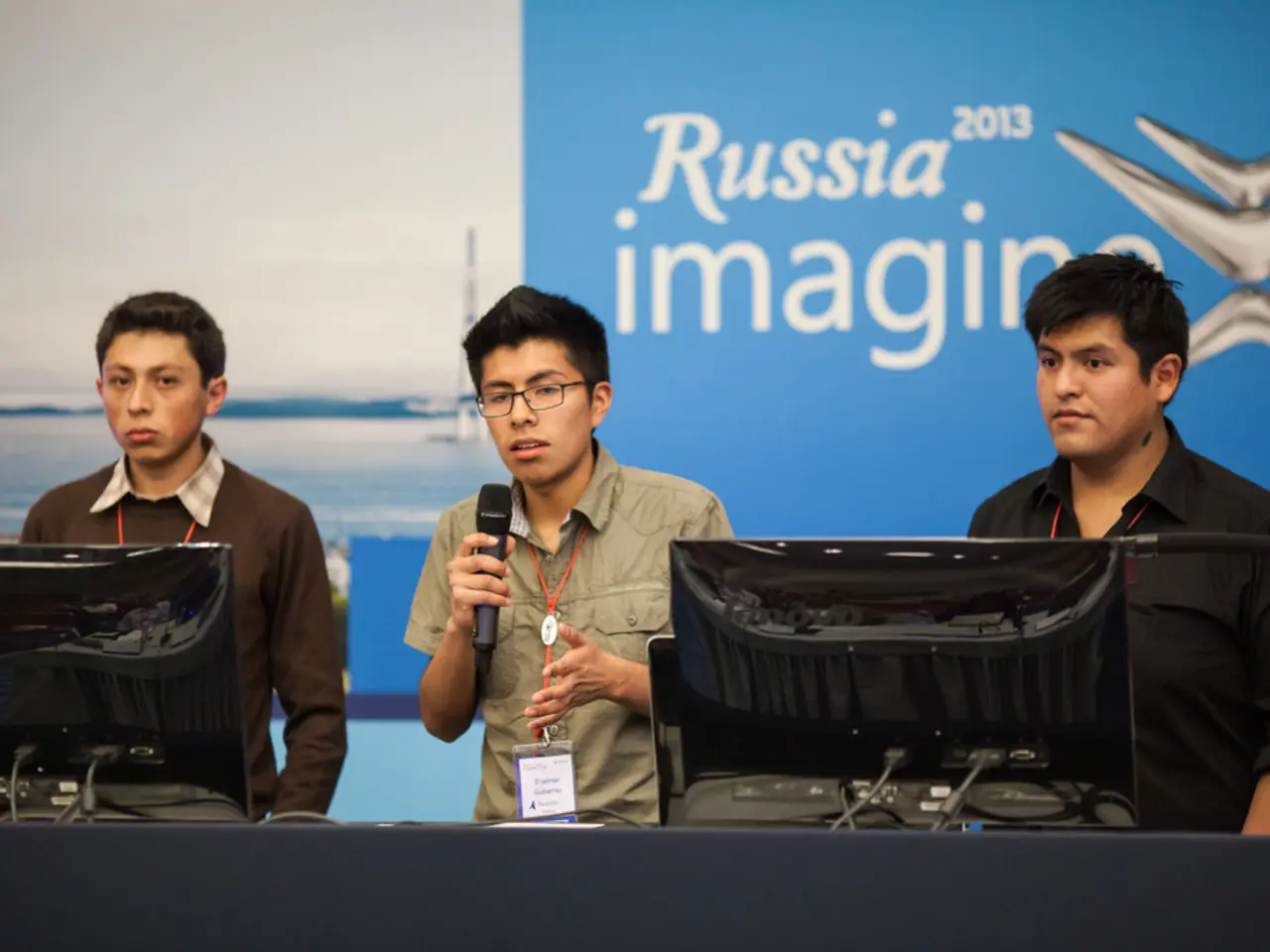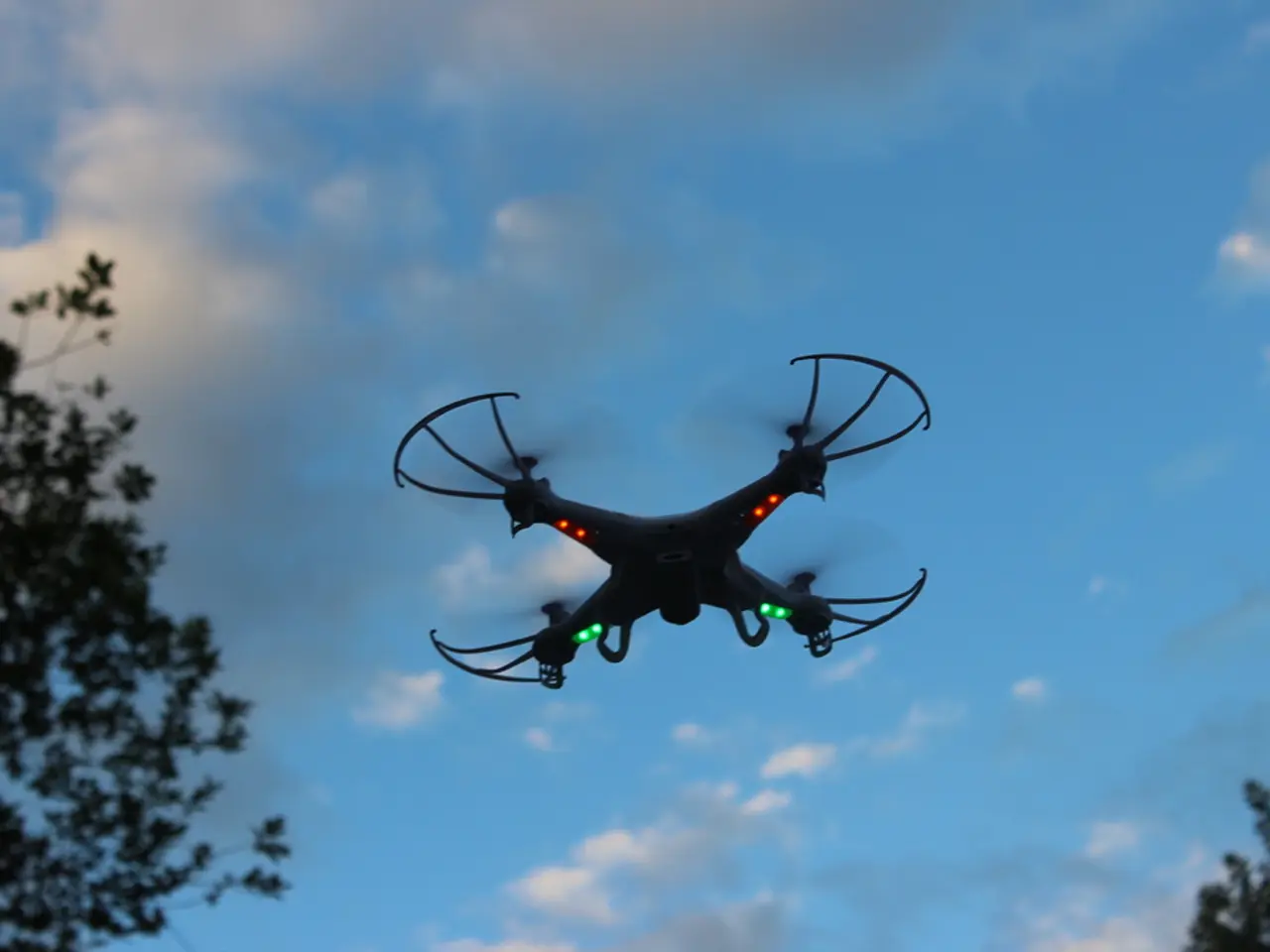Newly Appointed VP of Standards Development at ATSC Heralds the Globe-Spanning Prospects of ATSC 3.0
NextGen TV Gains Traction Globally, With Brazil Embracing ATSC 3.0
The world of television is evolving, and one standard is leading the charge: ATSC 3.0, also known as NextGen TV. This advanced broadcasting system is making life easier for implementers by reducing human errors and ambiguities, thanks to its increasing reliance on files as references.
In the United States, the adoption of ATSC 3.0 has progressed significantly but remains voluntary and patchy. As of mid-2025, the service reaches about 75% of the U.S. population across more than 80 media markets. Approximately 76% of U.S. households are within reach of a 3.0 signal, with ATSC 3.0 tuners present in roughly 10% of new TVs shipped in 2024. However, consumer uptake has been slower than anticipated, primarily due to the high-end nature of the TV models incorporating ATSC 3.0 tuners and the rise of streaming services.
The National Association of Broadcasters (NAB) has petitioned the FCC for a mandatory two-stage transition to ATSC 3.0, starting in February 2028 for top media markets and completing by 2030. This plan, however, faces opposition from various industry groups and digital rights advocates, who cite increased costs, reduced consumer choice, and privacy concerns.
Meanwhile, Brazil is actively developing an advanced terrestrial TV standard known as TV 3.0, which is heavily influenced by and likely based on ATSC 3.0 technology. After extensive lab and field testing, the Fórum do Sistema Brasileiro de TV Digital Terrestre (SBTVD) unanimously recommended ATSC 3.0 for Brazil’s TV 3.0 standard, pending final tests. The SBTVD is now looking to establish a stronger partnership with ATSC to keep the evolution of this system harmonized.
Luiz Fausto, a former tech executive with Globo TV, Brazil's largest TV network, was recently announced as the new vice president of standards development for the ATSC. In the next 12-18 months, Fausto's top priority will be to learn about the inner processes of the ATSC and add international experience to the organization. Fausto believes that ATSC 3.0 has the potential to reach many other countries and territories due to its flexibility and ability to evolve over time.
The ATSC promotes ATSC 3.0 as a global standard, which has been adopted by several countries including South Korea, Jamaica, Trinidad & Tobago, and is being tested in India and Canada. The Broadcast to Everything Project (B2X) is a significant ongoing project within ATSC, aiming to align the ATSC 3.0 physical layer with the 5G physical layer and future 6G core. Digital Radio Mondiale (DRM) services are also being developed for carriage over 3.0.
Moreover, the best video codec currently available is VVC, and AI is being considered for use in standards development within ATSC's strategic roadmap. The current issue with ATSC 3.0 is that many countries consider it to be a standard for the United States and not a 'global standard'. However, the flexibility of ATSC 3.0 allows it to accommodate small variations within the same framework and still be seen as a single family of standards.
In conclusion, globally, ATSC 3.0 has seen significant but uneven adoption, with the U.S. as the leading market implementing it mostly voluntarily but planning mandates in the near future. Brazil is currently in the final stages of selecting ATSC 3.0 as the core technology for its TV 3.0 terrestrial advanced TV standard, suggesting a strong direct impact of ATSC 3.0 on Brazil’s broadcast future.
- The next-generation TV, ATSC 3.0, relies more on digital files as references, reducing human errors and ambiguities.
- Content delivered through NextGen TV benefits from improved audio and video quality.
- IP infrastructure plays a crucial role in transmitting ATSC 3.0 signals, enabling the broadcast industry to adapt to the digital media era.
- The spectrum allocated for ATSC 3.0 transmissions is a crucial resource in the television industry's finance and investing landscape.
- Investors in technology companies are keen on the prospect of incorporating the ATSC 3.0 codec in their new products and services.
- HD quality is one of the significant advantages of NextGen TV over traditional broadcast technology.
- At the NAB Show, industry professionals discuss the latest advancements and trends in the broadcast television industry, including NextGen TV.
- The broadcast technology industry is executing plans to ensure the evolution of ATSC 3.0 remains harmonized with other media technologies, like 5G and 6G.
- Digital Rights Advocates continue to express concerns about increased costs, reduced consumer choice, and privacy issues in the implementation of ATSC 3.0.
- International partnerships, like the one between ATSC and Brazil, are essential for the expansion of NextGen TV on a global scale.




